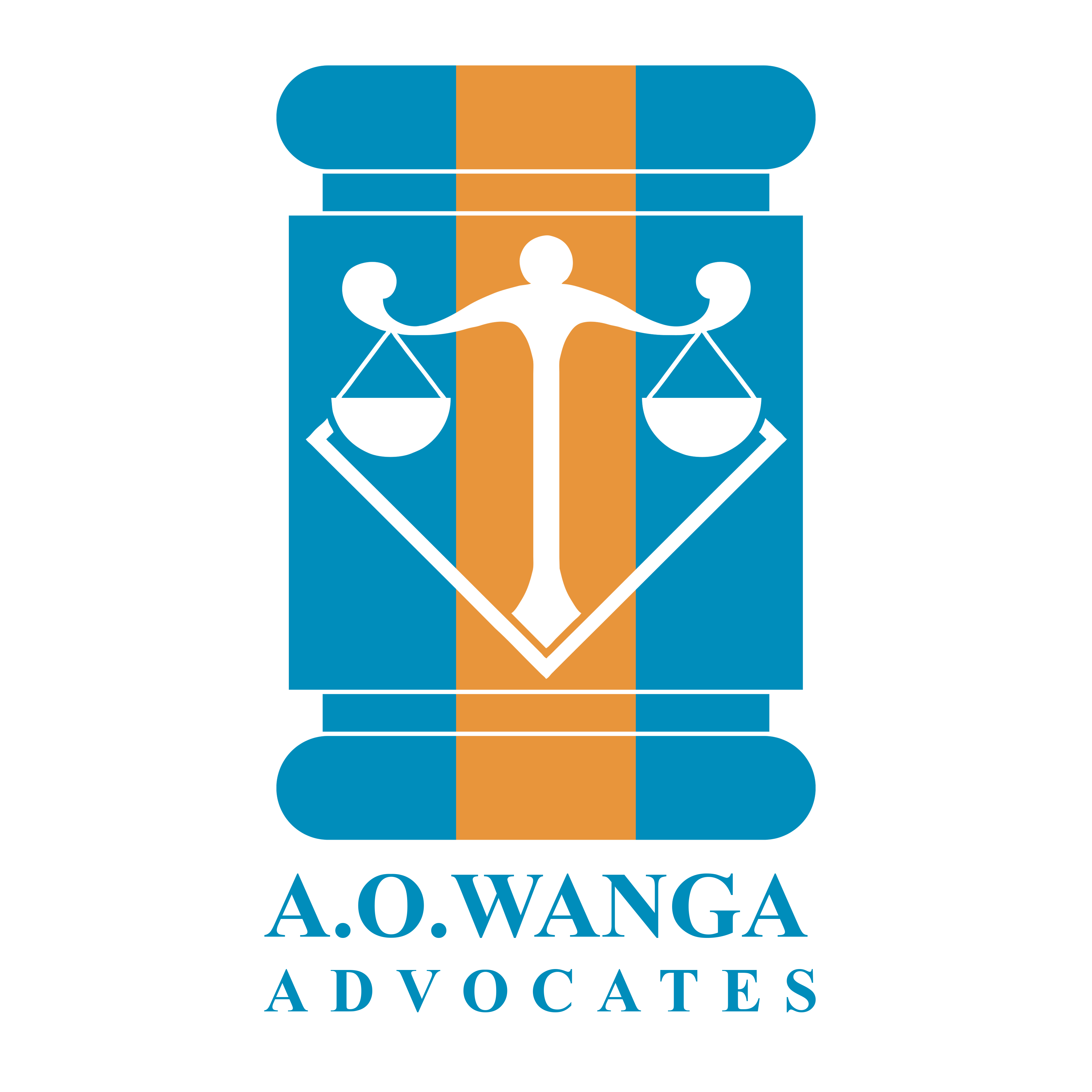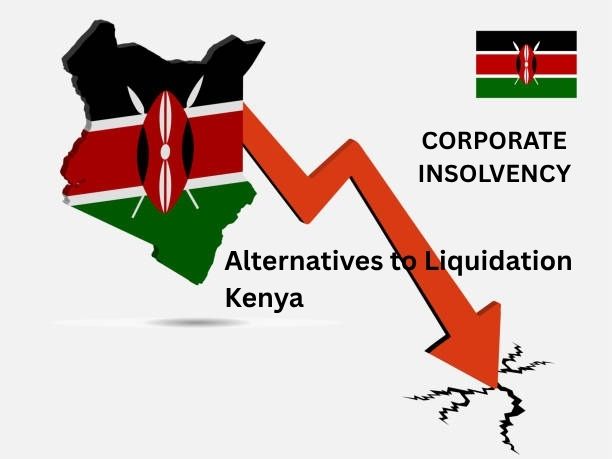INSOLVENCY AND BUSINESS RESTRUCTURING UNDER THE INSOLVENCY ACT, 2015: KENYA
(Insolvency series 1)
For decades, the legal landscape for financially distressed companies in Kenya was dominated by the concept of liquidation. The primary, and often only, recourse for an insolvent business was to be wound up, its assets sold off, and the proceeds distributed among its creditors. This approach often led to the untimely demise of viable businesses and the loss of jobs, ultimately damaging the broader economy. The enactment of the Insolvency Act, 2015 marked a fundamental paradigm shift. This landmark legislation introduced a modern, sophisticated, and creditor-friendly insolvency regime. Its core philosophy is a departure from the “death-and-burial” model of liquidation to a “rescue-and-rehabilitation” model of administration and restructuring. The Act aims to provide a clear and structured legal framework that prioritizes the continuity of a business as a going concern, thereby preserving value for creditors, employees, and the economy at large.
The Insolvency Act, 2015, is the cornerstone of insolvency law in Kenya.It provides a single framework for both corporate and individual insolvency.The Act is divided into several parts, with the most relevant for business restructuring and insolvency being Part VIII on Administration introduces a robust business rescue and restructuring process. Part VIII on Receivership section deals with the appointment of receivers by secured creditors to recover specific debts. The overarching theme of the Act is to provide alternatives to liquidation and to ensure that when liquidation is unavoidable, it is conducted in an orderly and transparent manner. Under the Act, a company is deemed insolvent if: –
- It cannot pay its debts as they fall due (cash flow test).
- Its liabilities exceed its assets (balance sheet test).
The Act provides key mechanisms for corporate rescue including Administration whereby a court or creditor-appointed administrator takes control of the company to rescue it or achieve a better result for creditors than liquidation would. Company Voluntary Arrangement (CVA) is where a debtor company proposes a plan to restructure or settle debts, subject to creditor approval and a Moratorium which is a temporary legal stay on debt enforcement is granted during restructuring, shielding the company from legal action by creditors.
- Administration
Administration is a statutory procedure that places an insolvent company under the control of a court-appointed insolvency practitioner, known as an Administrator. Its primary objective is to rescue the company as a going concern. The process is governed by Part VIII of the Insolvency Act, 2015, which sets out the conditions for and the procedures of administration. An administration order can only be made if it is reasonably likely to achieve one of the following objectives, as outlined in Section 522 of the Act,
- To rescue the company as a going concern.
- To achieve a better outcome for the company’s creditors as a whole than would likely be the case if the company were liquidated without first being in administration.
- To realize property in order to make a distribution to one or more secured or preferential creditors.
An administrator, who must be a licensed insolvency practitioner, can be appointed by:
- A company, its directors, or one or more creditors may apply to the High Court for an administration order if the company is unable to pay its debts (Division 3).
- A secured creditor with a floating charge over the company’s assets can appoint an administrator without a court order (Section 534).
- The company itself or its directors may also appoint an administrator without a court order (Section 541).
A key feature of administration is the automatic moratorium that comes into effect upon the appointment of an administrator. No legal proceedings, including execution processes or a liquidation application, may be commenced or continued against the company without the leave of the Court or the consent of the administrator. This “breathing space” is crucial, as it protects the company’s assets from being dissipated by individual creditors, allowing the administrator to focus on the rescue plan.
Within 28 days of appointment, the administrator must submit proposals for the future of the company to the creditors and the Court. These proposals, which are the core of the restructuring plan, must contain a strategy for achieving the objective of the administration. A meeting of creditors is held to consider and vote on the administrator’s proposals.If the proposals are approved, they become binding on all creditors, even those who voted against them. If the proposals are rejected, the administrator must either seek approval for a revised plan or move the company into liquidation.
The administration automatically ends after 12 months, though this period can be extended with the leave of the Court.It can also be terminated if the objectives are achieved, if the proposals are successfully implemented, or if the administrator finds that the company cannot be rescued and recommends liquidation.
- Company Voluntary Arrangement (CVA)
A CVA is a procedure that allows a financially distressed company to propose a plan to its creditors for restructuring its debts. Under Sections 625 to 634 of the Act, the process involves:
- The company proposing a voluntary arrangement with its creditors
- Appointment of a supervisor (an insolvency practitioner) to oversee the process.
- Creditors’ meeting to consider and vote on the proposal.
- If approved by a majority the members of the company present (either in person or by proxy) at the meeting of the company convened by the supervisor or by a majority (in number and value) of the members of each group of creditors present (either in person or by proxy) at the meeting of creditors.
This mechanism provides an opportunity for companies to reorganize their affairs without the need for formal insolvency proceedings.
The main objective of CVA is to enable the company and its creditors to enters into a composition or arrangement for the satisfaction of the company’s debts or a scheme for arranging the company’s financial affairs.
- Receivership
Receivership is a process initiated by a secured creditor to recover a specific debt, typically a floating charge.While it falls under the umbrella of insolvency, it is distinct from administration and CVA. And with the current Insolvency Act, the process is now highly restricted.
In receivership, a secured creditor, holding a floating charge, would appoint a receiver to take possession of and sell the assets covered by the charge in the event of default by the company. Unlike an administrator, a receiver is primarily appointed to act in the interests of the appointing creditor. The receiver is not a universal insolvency practitioner for the entire company but is tasked with realizing the specific charged assets to settle the debt of the appointing creditor. Receivership was a more limited process and is terminated once the secured debt is repaid or the assets covered by the charge have been fully realized.
While the Insolvency Act has significantly reformed receivership. It focuses on Administration and CVA as rescue mechanisms. meaning that in many cases, a floating charge holder or a secured creditor who would have previously appointed a receiver will now appoint an administrator, as the administrator’s primary duty is to the general body of creditors and not a one stand-alone creditor.
The Insolvency Act, 2015, represents a significant and much-needed overhaul of Kenya’s insolvency framework. By introducing administration and CVA as the modern business rescue mechanisms, the Act has created a legal environment that encourages rehabilitation over liquidation.This shift from a creditor-enforcement model to a debtor-friendly, rescue-oriented ones are a clear indicator of Kenya’s commitment to fostering a more resilient and dynamic corporate sector.
At A.O. WANGA ADVOCATES we are happy to assist you with insolvency advisory and business restructuring issues in Kenya. Contact us on info@aowangaadvocates.com or +254794600191.
All rights reserved for A.O. WANGA ADVOCATES
www.aowangaadvocates.com

